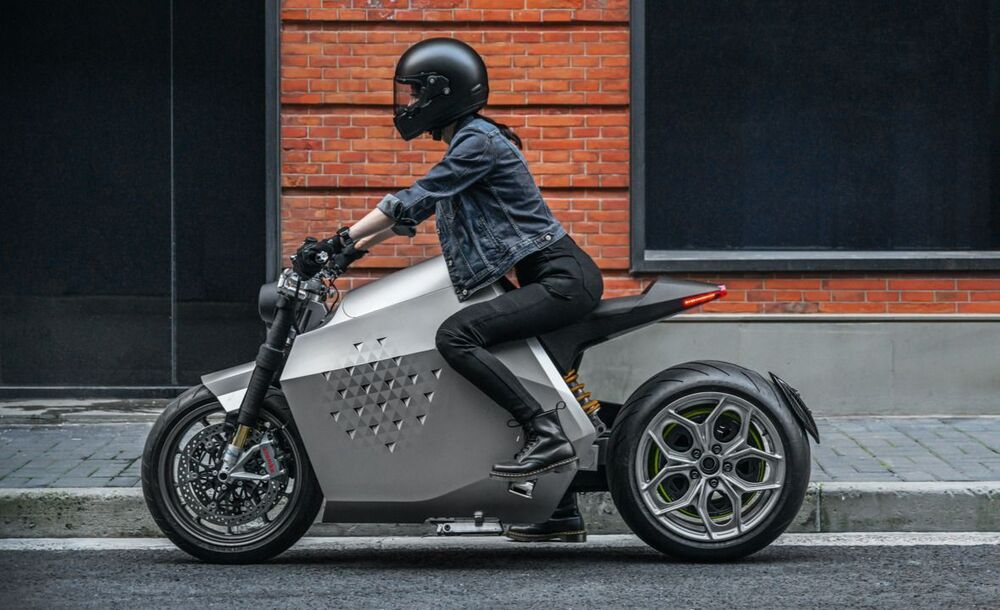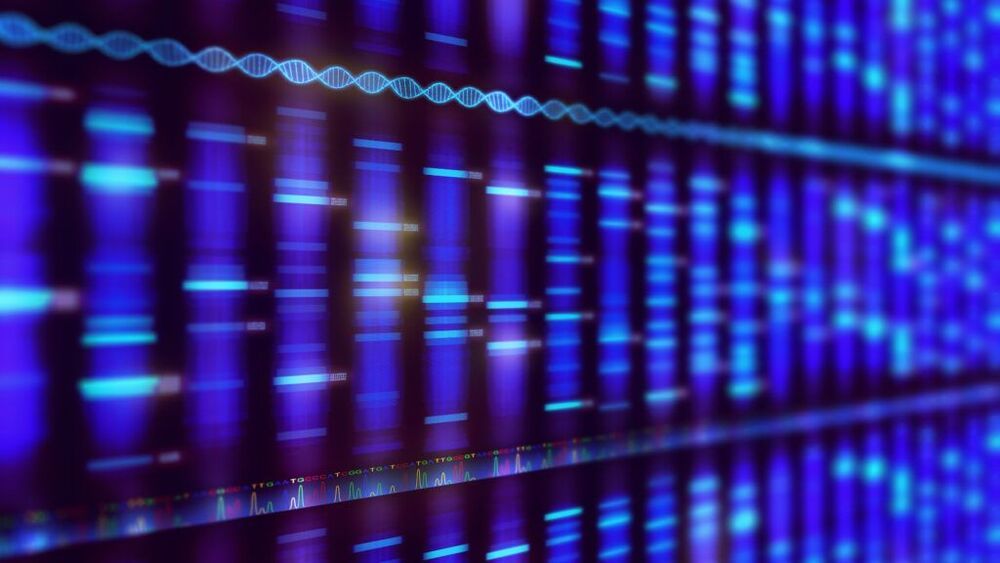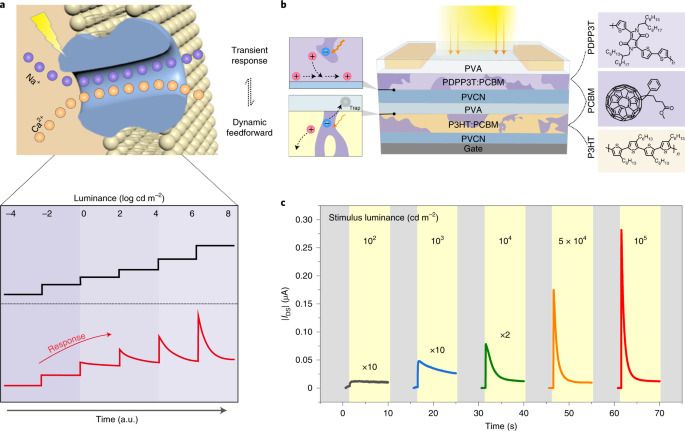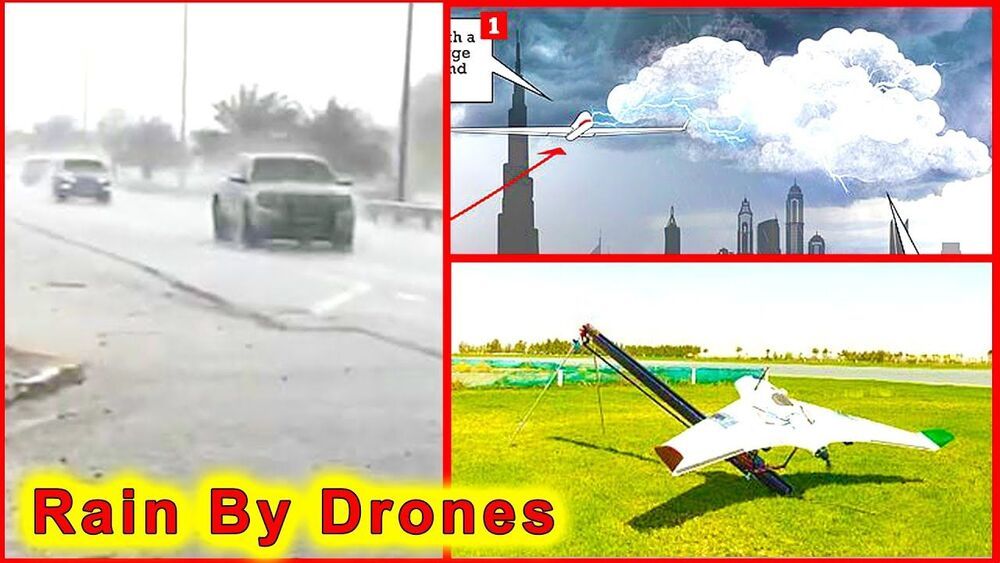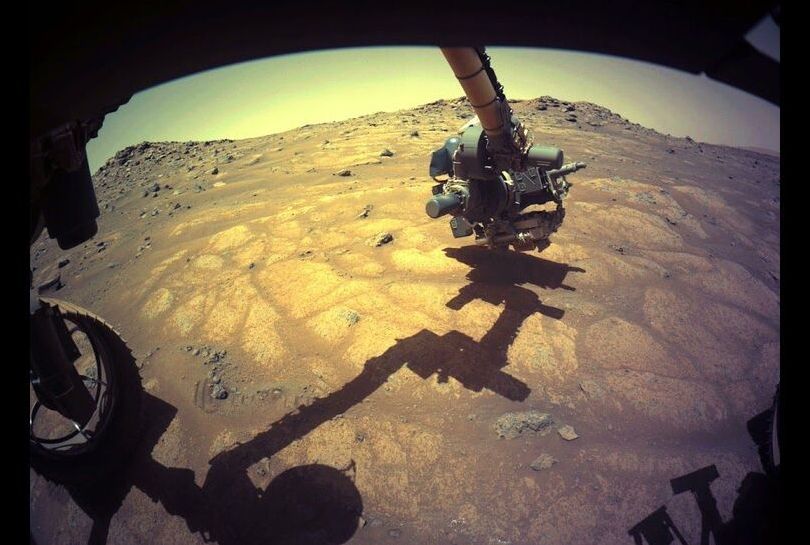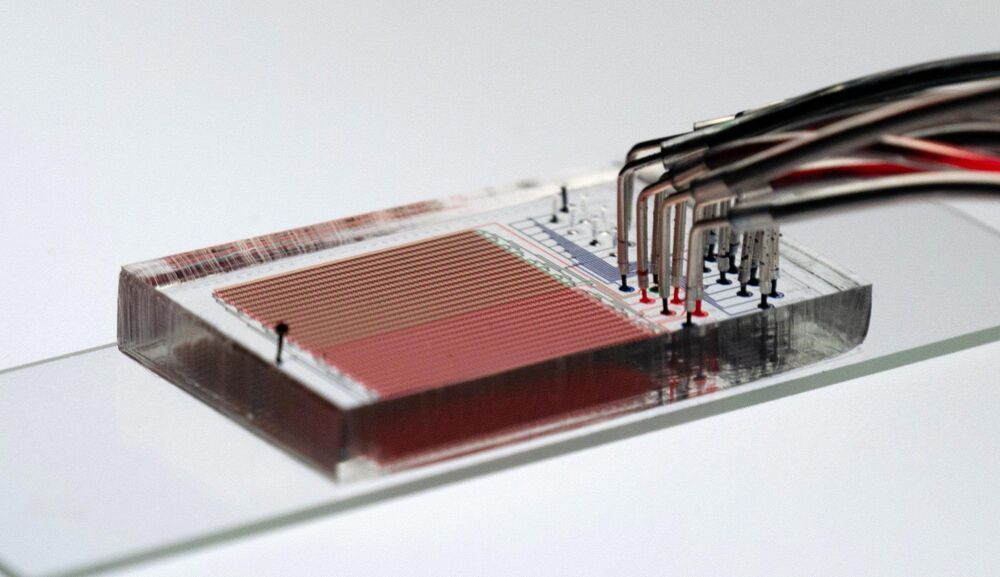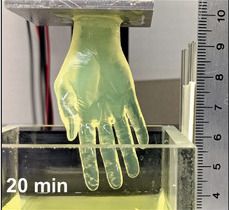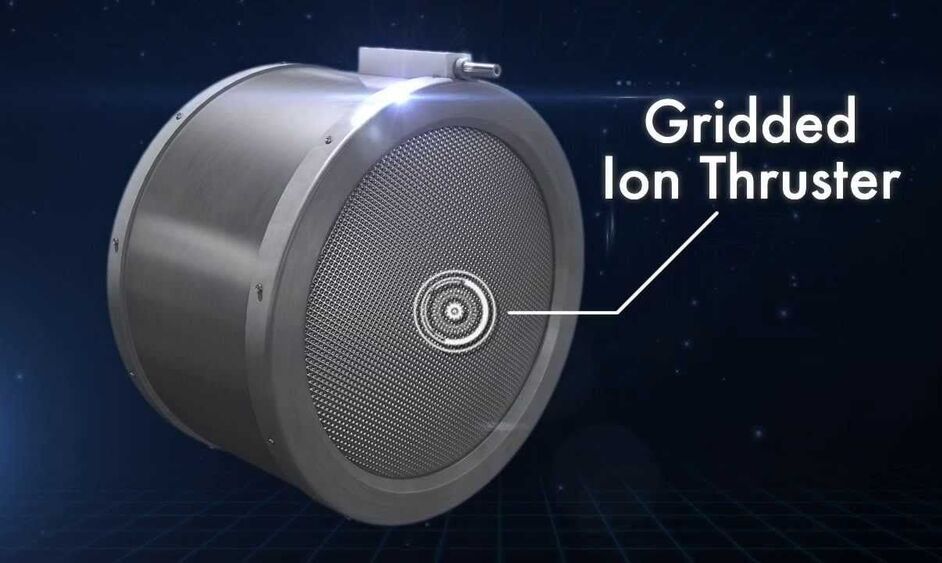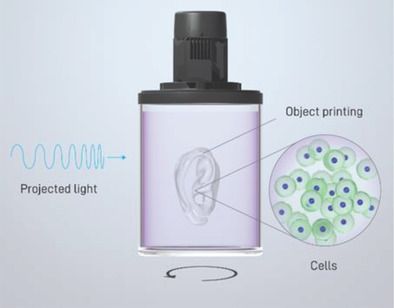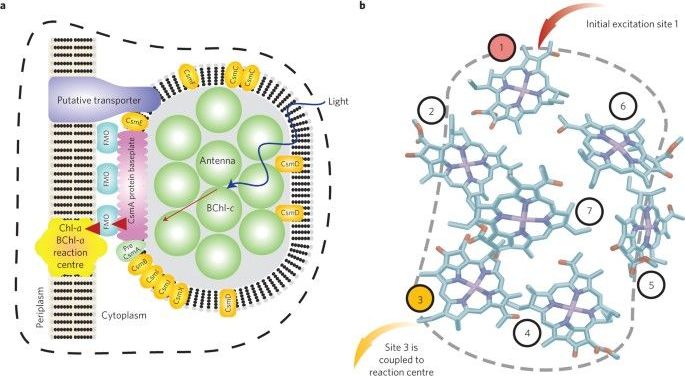Jul 23, 2021
Da Vinci DC100, a self-balancing electric motorcycle that will follow you around
Posted by Quinn Sena in categories: food, robotics/AI
Beijing’s Da Vinci Dynamics has launched its DC100, a high-performance electric streetbike with an impressive 250-mile (400 km) NEDC range, and some wacky “robotic” tricks, including the alleged ability to self-balance and follow you around.
We’ve got ourselves a bit of a kitchen sinker here; Da Vinci has thrown all sorts of features at this one. But even some of the basic specs are a tad elusive. For starters, while it makes a peak of 135 horsepower, putting it very much in the “fast electric” category, the company says it runs “a smart control system that seamlessly integrates multiple different motors.” Who the what now? Multiple motors? A separate press release then states it’s actually 137 horsepower, running through a hub motor.
